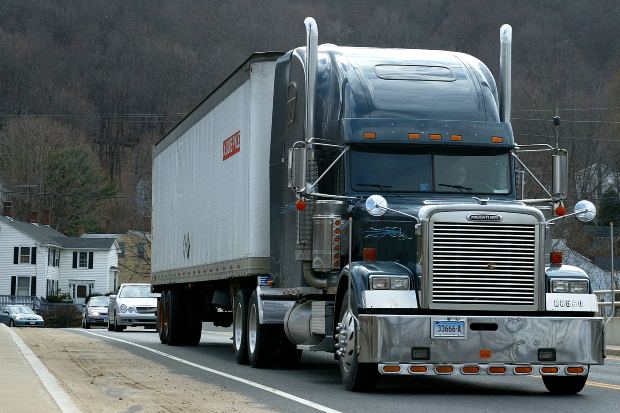At the Omnitracs Outlook User Conference last month, professionals in the trucking industry gathered together to discuss the ways that they have used technology to comply with the Federal Motor Carriers Association’s Compliance, Safety, Accountability (CSA) program. According to participants, technology played a major role in promoting safety, especially when truck carriers and fleets used:
1) Automated driver logs.
Rather than asking drivers to maintain logs, automated logs take care of the paperwork. They provide a more accurate view of how long truckers drive and the rest stops they take. Traditional driver logs can be easily falsified or can come into question during legal action. Automated driver logs take driver error out of the equation and ensure that the logs are always up to date.
2) Electronic driver vehicle inspection reports.
This technology allows companies to compare official reports of roadside inspections with driver reports of inspections to ensure that truck drivers are following the rules. Reducing violations could potentially help curb trucking collisions in Homestead, Miami, and other cities.
3) Multimedia content.
Technology such as the Omnitracs Media Manager system lets companies send multi-media content right to trucks and truckers in their cabs. This allows for videos and training information to be sent to truckers, improving training and creating better communication between drivers and management.
4) Driver scoring systems.
These systems show drivers how they fare in a fleet in terms of safety and performance, rewarding good drivers and pushing drivers who need improvement to work on their skills. Since the scores are accessible to other drivers, drivers feel the positive pressure of trying to improve their scores in order to do better. Some companies can even use the scoring systems when offering promotions, better rates, and other benefits or possibilities of promotion.
5) In-cab video systems.
These systems ensure that drivers are not dozing off or distracted behind the wheel. In the event of a collision, they can send video of the accident directly to the company, giving valuable information about exactly what the driver was doing seconds before the crash. Some truck drivers are not pleased about in-cab video systems because they have the potential to infringe on privacy. However, these systems can help fleet managers see exactly what’s going on in a cab and can prove very instrumental in a collision. They offer an accurate portrayal of what happens in a cab in the seconds before and during a collision.
As with most technology, one of the barriers to many of these systems is cost. Truck carriers are not always willing to invest in new technology or may not be able to invest in new devices due to thin profit margins. Nevertheless, many of these technologies promise to make trucks safer and can help protect both truck drivers and other drivers in the event of a collision or legal claim.
If you have been injured in a trucking collision or traffic collision, keep in mind that even if the truck carrier does not permit in-cab videos, automated driver logs, or other technology, there many ways to find out what truly happened. The attorneys at Flaxman Law Group, for example, work with engineers, medical consultants, investigators, accident reconstruction experts, and a network of other professionals who can help unravel exactly what happened. When you contact us to represent you in your claim, The Flaxman Law Group team swings into action immediately and works to preserve evidence in your case to create the strongest case possible. If you have been injured, we are waiting for your call. You can reach us at any time to arrange for a free case evaluation so that we can review your legal options for compensation and benefits.
 Florida Injury Lawyer Blog
Florida Injury Lawyer Blog


